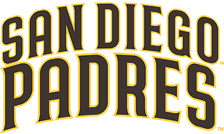
San Diego Padres
52nd Season
First Game Played April 8, 1969
Primary Logo
Logo 2020-Present
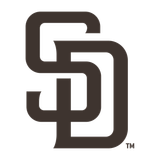
Alternate Logo
Alternate Logo 2020-Present
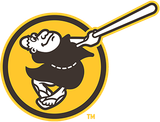
Historical Moments
The San Diego Padres have a rich and glorious history in the Pacific Coast League. It was with the Padres that Ted Williams began his pro career in that inaugural 1936 season.
When it came time for San Diego to get a Major League franchise, it was natural to take the Padres name and legacy.
Padres Best

Aaron Harang
2011
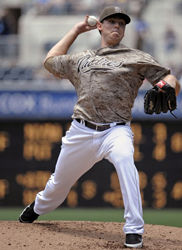
Aaron Harang
2011

Adam Eaton
2001-2005
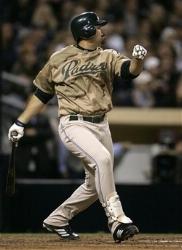
Adrian Gonzalez
2006-2010
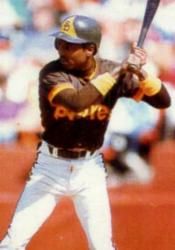
Alan Wiggins
1981-1985

Andrew Cashner
2012-2016

Andy Ashby
1993-1999, 2004

Andy Benes
1989-1995

Andy Hawkins
1982-1988
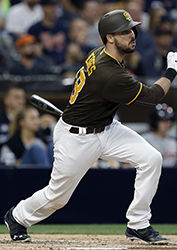
Austin Hedges
2015-Present

Benito Santiago
1986-1992
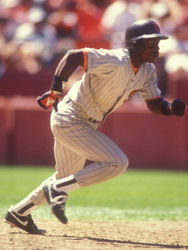
Bip Roberts
1986, 1988-1991, 1994-1995
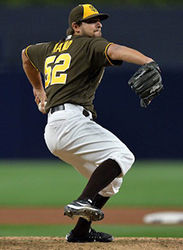
Brad Hand
2016-2018

Brian Giles
2003-2009
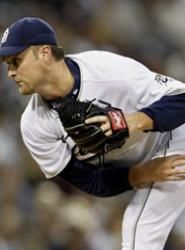
Brian Lawrence
2002-2005

Bruce Bochy
MGR 1995-2006
Padres Stadiums
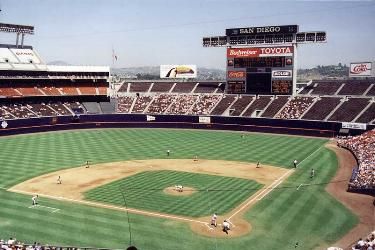
1969-2003

2004-Present